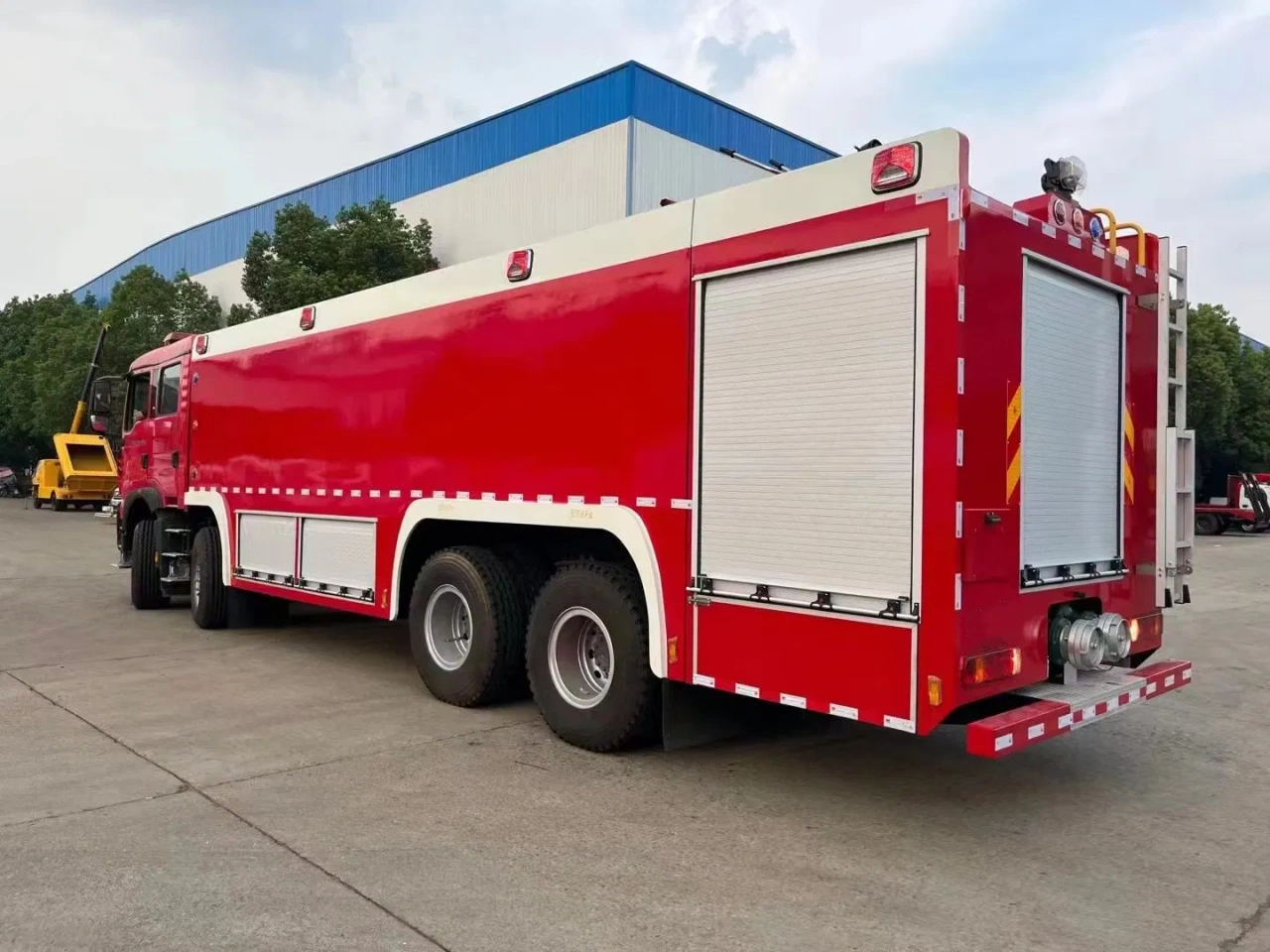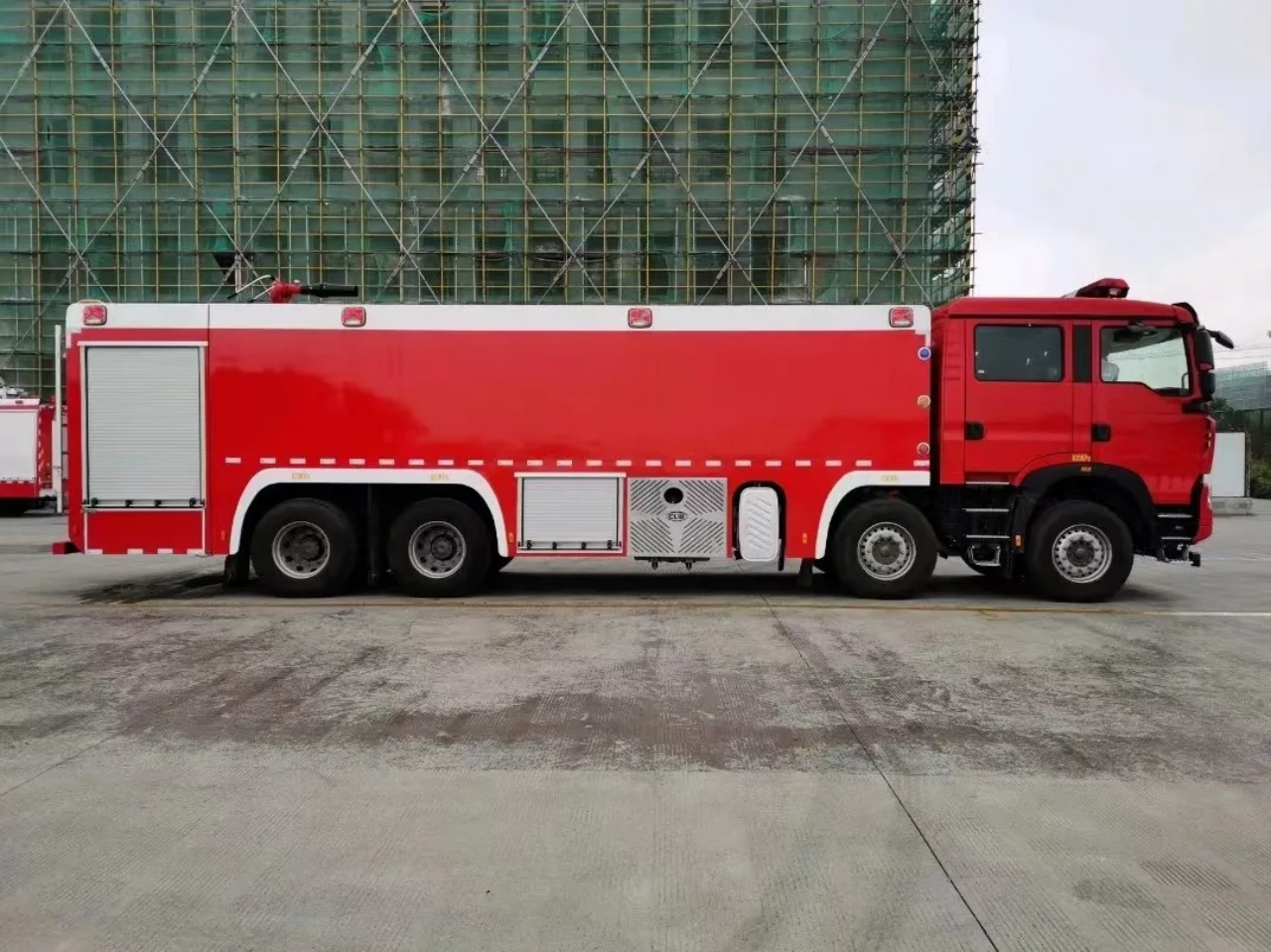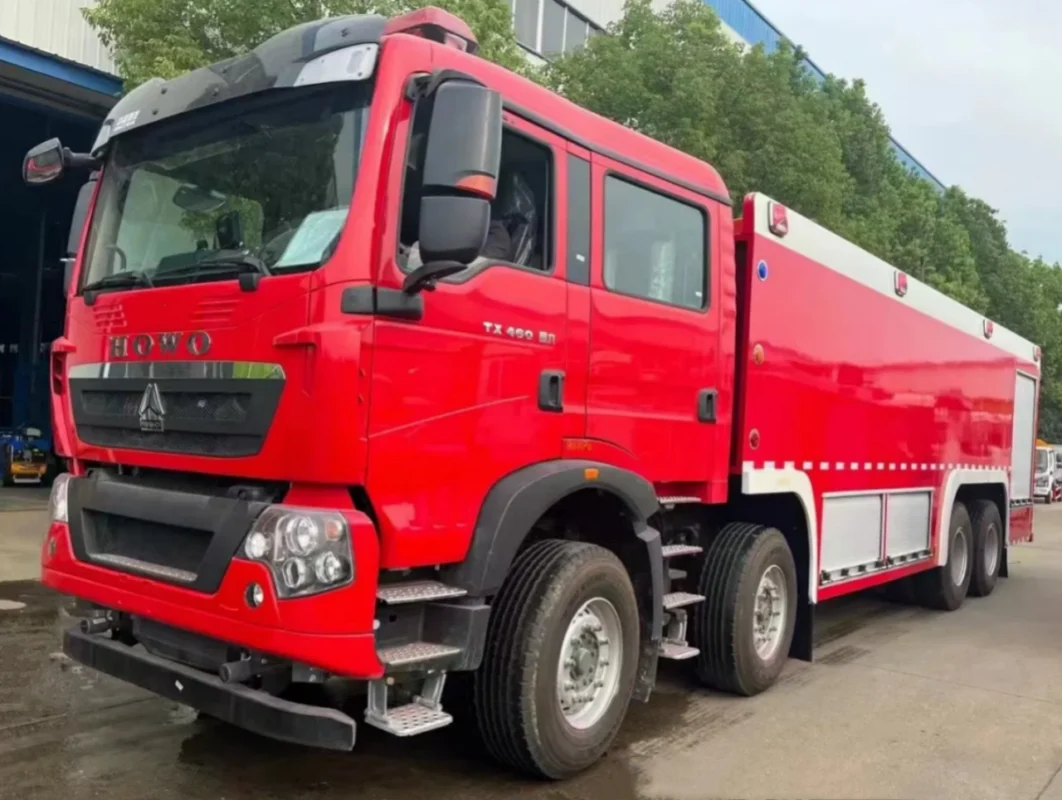When you see a bright red truck racing down the street with sirens wailing and lights flashing, you likely call it a “fire truck.” But not all fire trucks are the same. Among the most commonly used and often confused types are the fire engine and the pumper. While these terms are frequently used interchangeably, they refer to specific pieces of firefighting apparatus with distinct roles and features. Understanding the difference can give you a greater appreciation for how fire departments operate and how they fight fires effectively.
Understanding Fire Apparatus Terminology
In the world of fire services, precise terminology is important. Firefighting apparatuses are categorized based on their primary functions—some are designed to transport personnel and equipment, others to carry water and hoses, and still others to provide ladders or aerial capabilities. The terms fire engine and pumper often create confusion because of regional usage and the overlap in capabilities.
To clarify, in many cases, a fire engine is a general term used by the public to refer to any firefighting vehicle. But in technical terms, especially in North America, a pumper is a type of fire engine with a specific role.

What is a Fire Engine?
A fire engine, also known as an engine company, is a firefighting vehicle primarily designed for fire suppression. Its core job is to transport firefighters to the scene and provide them with the necessary equipment to combat fires. It carries hoses, water, and tools such as axes, breathing apparatus, thermal imaging cameras, and more.
Fire engines are often the first vehicles dispatched to a fire emergency and are typically equipped to:
- Pump water to extinguish fires
- Carry a large quantity of hoses
- Transport firefighters
- Supply basic medical care
- Serve as the central unit for initial response operations
There are different types of fire engines based on their capabilities and the type of terrain they are expected to operate in. The most common classifications are:
- Type 1 Fire Engine: Used in urban areas, it has a high water capacity and pumping power.
- Type 3 Fire Engine: Typically used in rural and wildland settings, it’s smaller and more mobile.
- Type 6 Fire Engine: A light-duty vehicle used for brush fires and fast initial attack.
What is a Pumper?
A pumper, as the name implies, is a fire apparatus specifically equipped with a water pump, water tank, and hoses. In technical firefighting parlance, a pumper is a specific class of fire engine—often referred to as Engine 1, Engine 2, etc., depending on the station. Its main job is to pump water onto the fire, whether from a hydrant, a water tender, or its onboard water tank.
Typical features of a pumper include:
- A powerful onboard pump (usually rated at 1,000 to 2,000 gallons per minute or GPM)
- A water tank (500–1,000 gallons capacity)
- Pre-connected hose lines (attack lines)
- A range of hand tools and firefighting equipment
Pumpers are the backbone of most fire departments’ firefighting efforts. They are especially critical in areas with access to hydrants because they can connect directly to a hydrant and maintain water flow to multiple hoses.

Comparing the Two: Fire Engine vs. Pumper
Now that we’ve defined both terms, let’s explore the key differences—and similarities—between a fire engine and a pumper.
| Feature | Fire Engine | Pumper |
|---|---|---|
| Primary Function | General firefighting, transport, and rescue | Pumping water for fire suppression |
| Water Tank | Yes | Yes |
| Pump | Yes | Yes |
| Hose Storage | Yes | Yes |
| Aerial Equipment | Sometimes (if a combination unit) | Rarely |
| Rescue Tools | Usually equipped | May have limited rescue tools |
| Personnel Transport | Typically, 4–6 firefighters | Typically, 4–6 firefighters |
| Designation | Engine Company | Pumper Engine or Engine Company |
As you can see, there is considerable overlap. That’s because a pumper is a type of fire engine, specifically one that focuses on pumping water. In most municipal departments, when someone refers to a “fire engine,” they are often referring to what is technically a pumper.
However, it is worth noting that not all fire engines are pumpers. For instance, aerial ladder trucks and rescue units are also considered types of fire engines but perform different roles and may lack a pump or carry less water.
Why the Confusion?
The confusion between fire engines and pumpers arises primarily from regional usage and departmental terminology. In some areas, the term “fire engine” is broadly applied to any firefighting vehicle, while “pumper” is used by fire professionals to indicate a vehicle’s specific capability.
Additionally, fire departments may have combination units that blur the lines. For instance, a quint (short for quintuple) combines the features of a pumper and a ladder truck, including:
- Pump
- Water tank
- Fire hose
- Aerial ladder
- Ground ladders
In departments with smaller fleets, the same vehicle may be expected to perform multiple functions, which can further complicate naming conventions.

The Role of Pumpers in Modern Firefighting
In modern firefighting strategy, pumpers are essential for both structural and wildland fires. They not only provide the water supply necessary to suppress fires, but they also act as the control center for managing water flow and pressure at the scene. This makes them vital for operations involving long hose lays, relay pumping, or high-rise firefighting.
Moreover, pumpers often carry basic life support (BLS) or even advanced life support (ALS) equipment, allowing them to respond to medical emergencies, a growing percentage of fire department calls.
Conclusion
While the terms fire engine and pumper are often used interchangeably by the general public, they do have distinct meanings in the fire service. A pumper is a specific type of fire engine equipped primarily for pumping water to suppress fires. Most fire engines you see responding to emergencies are, in fact, pumpers—designed to carry water, hoses, and pumps to the fireground.
Understanding these distinctions not only clears up confusion but also highlights the sophistication and specialization of modern firefighting equipment. So next time you see a fire engine speeding by, you’ll have a much better idea of what it’s designed to do—and the critical role it plays in keeping communities safe.








